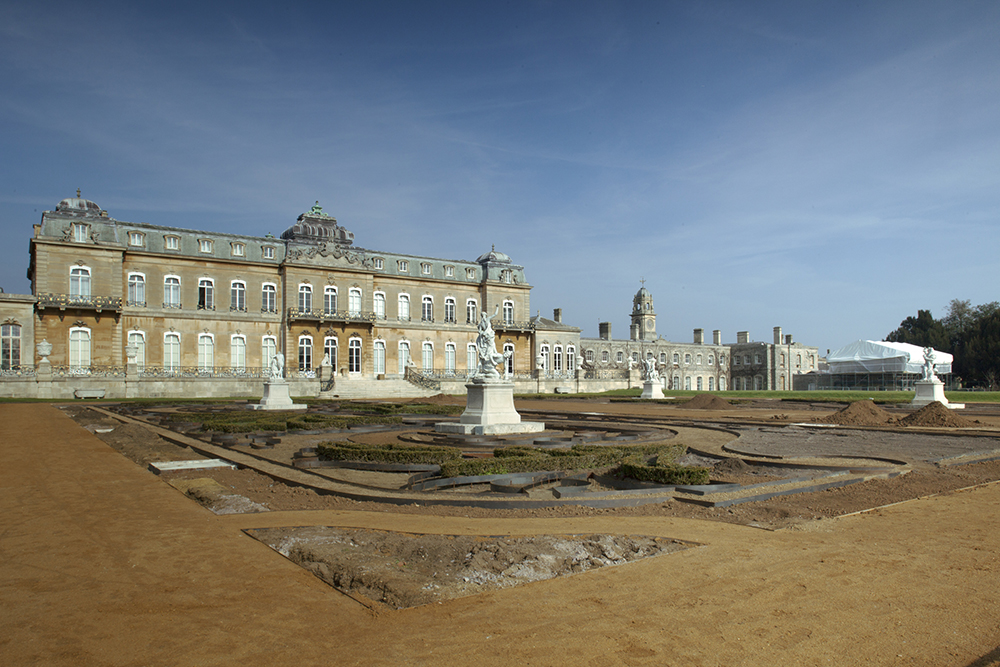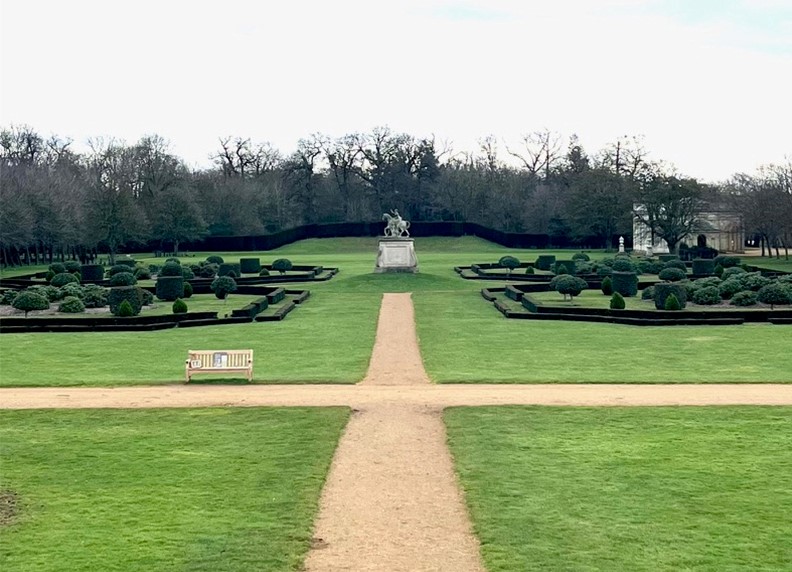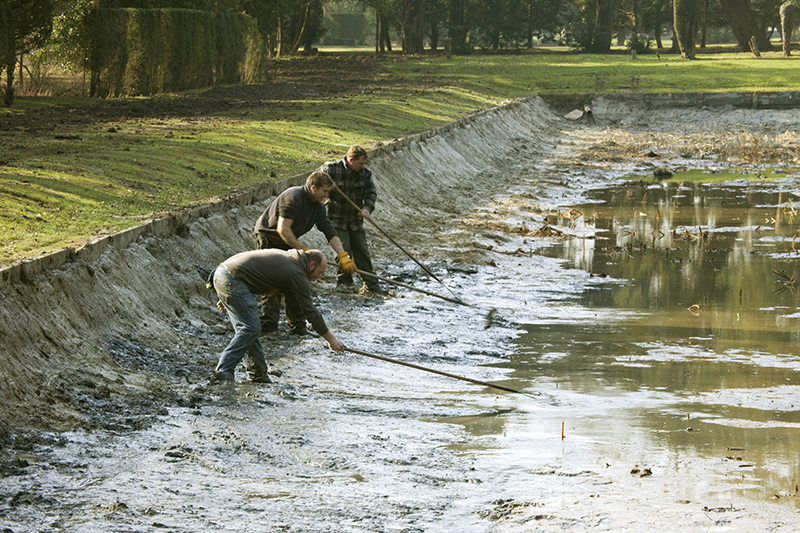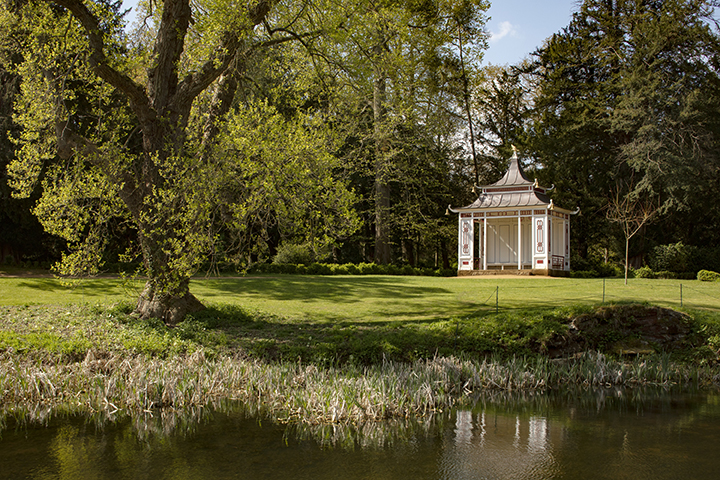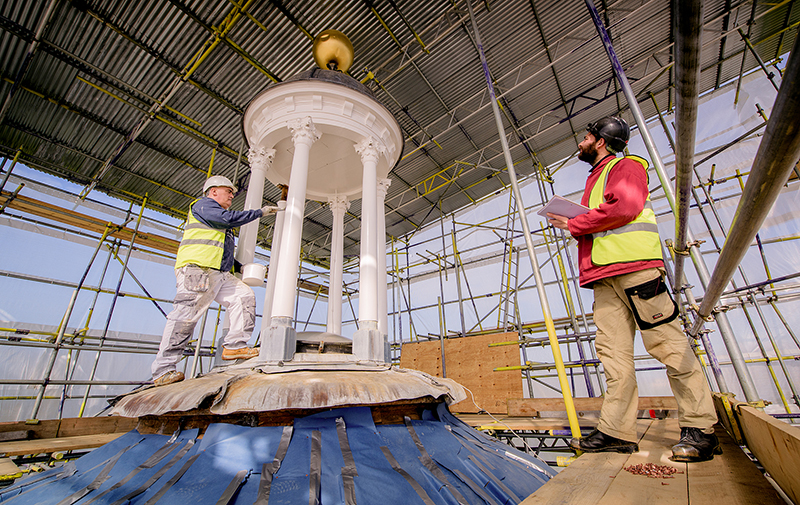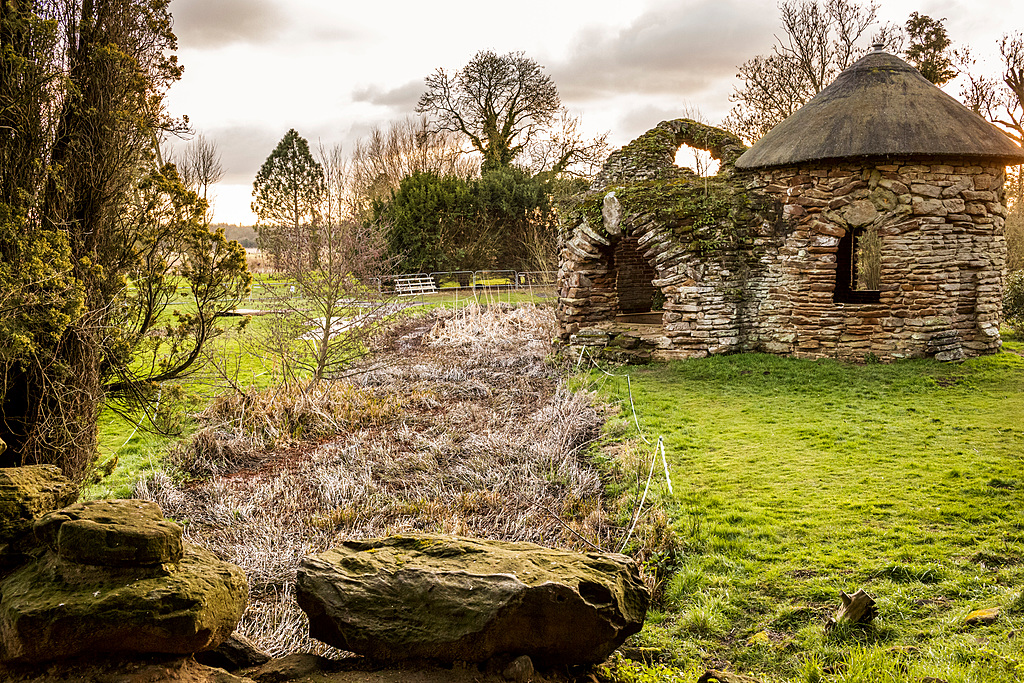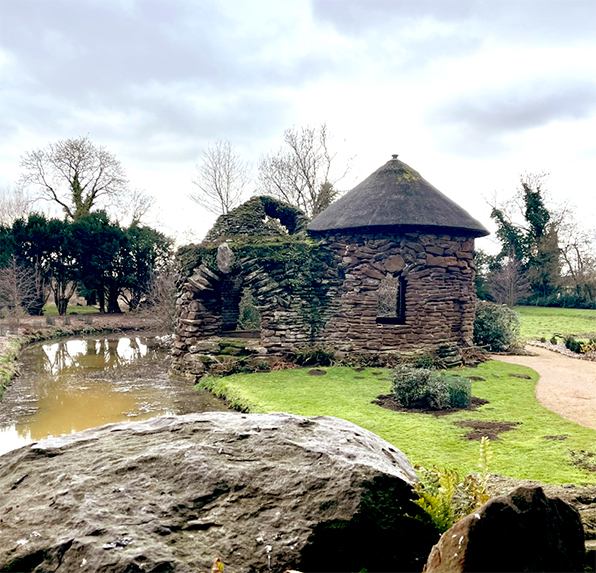When Wrest Park came into our care in 2006, several features within the garden had been either lost to view or compromised, although many of the garden buildings and some of the original structural planting remained. Our plan to reinstate the detail, scale and proportions of the gardens, and to reintroduce the most appropriate planting for each character area is well underway.
Prior to any reconstruction or restoration we undertake research, often requiring the expert skills of historians, archaeologists, hydrologists, engineers, botanists and horticulturists. To date, the formal Victorian gardens around the house, including the Italian and French parterres, Kitchen Garden fruit trees and Evergreen Garden have been restored to their former glory. Restoration work on the Georgian Bath House Garden and the North East Great Garden is also complete. Our work is ongoing with many other parts of this important historic garden still to be rejuvenated.
Follow our restoration timeline
2006
English Heritage takes over responsibility for the core of the historic estate. We start to develop a 20-year plan to restore the gardens to their former glory and in doing so reveal 250 years of garden developments up to 1917.
2011
A major project funded by the National Lottery Heritage Fund is completed. This included the uncovering of lost gravel paths that had become grassed over during the 20th century. All the paths around the house and the main routes through the Great Garden, including the main vista on either side of the Long Water to the Archer Pavilion, were restored. The ‘goose foot’ of paths around the Archer Pavilion (where three or more straight paths radiate out from a central point resembling a goose’s foot) had been removed in the 1950s. These were reinstated based on archaeological and historic plans and photos. The Orangery was also conserved and repainted.
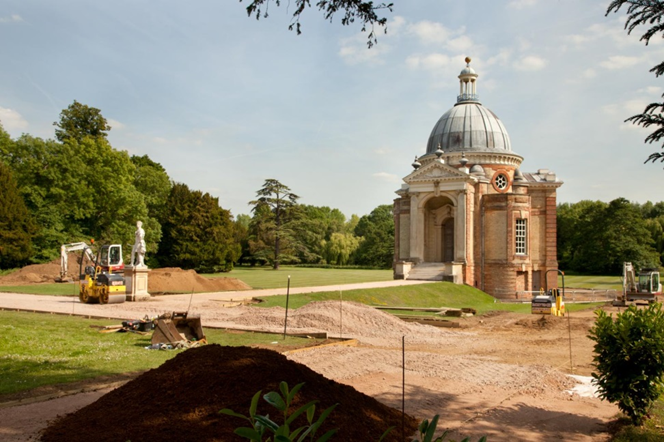
Lost paths around the pavilion being reinstated
The Italian Garden, rose garden and paths around the upper garden were restored following detailed research and archaeological survey. The rose garden was restored to its appearance in 1904 with symmetrically arranged flower beds. The flower beds in the Italian Garden were restored to their early 19th-century design. The conservatory was also fully repaired and planted up.
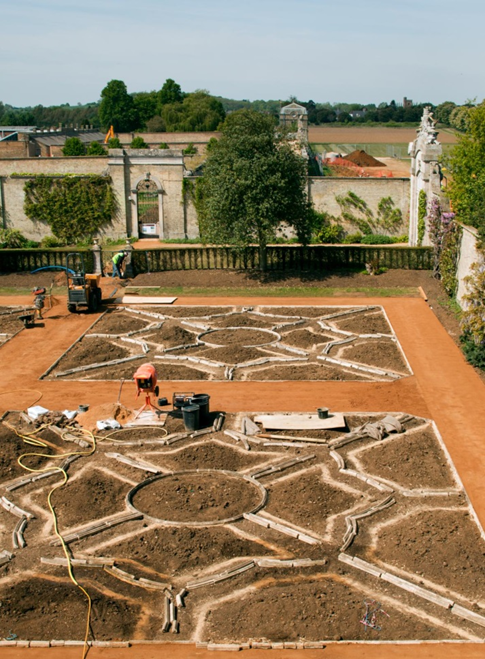
The Italian garden during restoration works
A new visitor centre and play area opened in the walled garden. Historic paths within the walled garden were reinstated and the pear orchard replanted with original varieties, based on a study of lead planting labels found on the garden walls.
Explore more
-

Visit Wrest Park
Ninety acres of spectacular historic gardens
-
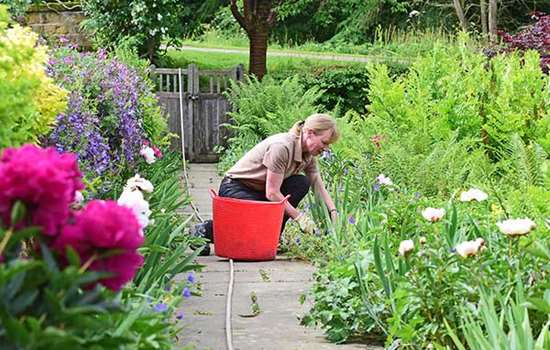
Conservation of our Gardens
Learn about some of the different aspects of our gardens conservation work and explore our most recent and ongoing projects.
-

Historic Gardens
From Capability Brown's designs at Audley End to the rolling landscapes of Wrest Park, the East of England is home to some of our most beautiful gardens.
-

HISTORY OF MEADOWS
To celebrate the coronation of His Majesty King Charles III, we will enhance and create one hundred meadows at sites. Read about the history of meadows in England.

